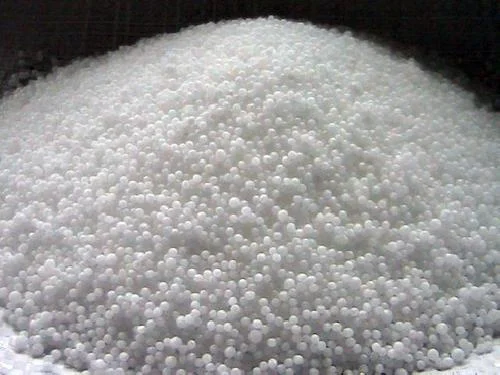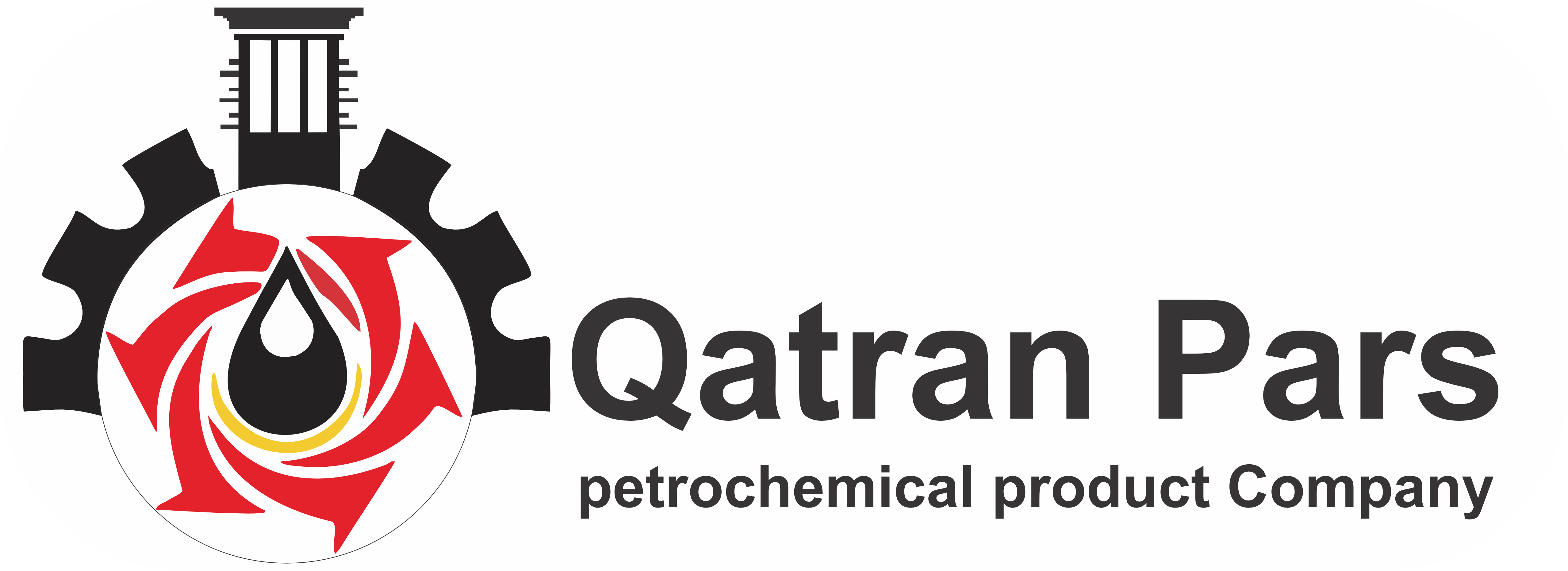
Urea
Urea, commonly known as carbamide, is a versatile raw material that finds application in various industries. It serves as a key component in the production of numerous chemicals, including plastics, urea-formaldehyde resins, and adhesives. Additionally, it plays a crucial role in the creation of feedstock, glue, fertilizers, commercial products, and resin manufacturing.
Chemically represented as CO(NH2)2, urea consists of two -NH2 groups connected by a carbonyl (C=O) functional group. It exhibits high solubility in water and possesses a pKa value close to zero. Interestingly, urea is a natural byproduct resulting from the metabolism of protein in the human body. Not only humans, but many other mammals, amphibians, and certain fish species also produce urea. The artificial synthesis of urea from inorganic compounds marked a significant scientific breakthrough.
Natural gas serves as the primary raw material for the production of urea, with production costs directly linked to gas prices. Consequently, new manufacturing plants are typically established in regions abundant in natural gas reserves, where prices are comparatively lower. The finished urea product is transported worldwide in large shipments weighing 30,000 metric tons. The market price of urea is directly influenced by the global natural gas prices and the demand for agricultural products. As a result, prices can exhibit high volatility and occasional unpredictability.
Applications of Urea The versatile nature of Iran Urea allows it to be utilized in various fields.
Here are some of its common applications:
- Agriculture: Urea is widely used in the agricultural sector, primarily as a nitrogen-rich fertilizer. Its high nitrogen content makes it an effective source of nutrients for plants, promoting healthy growth and increased crop yields.
- Chemical Industry: Urea serves as a crucial ingredient in the chemical industry, finding application in the production of plastics, resins, and adhesives. Its chemical properties make it a valuable component in the synthesis of various compounds.
- Explosives: Urea has a role in the manufacturing of explosives, where it contributes to the stability and performance of certain explosive formulations.
- Automobile Systems: Urea is employed in automotive systems, specifically in selective catalytic reduction (SCR) technology. In SCR systems, urea is used as a reductant to reduce harmful emissions from diesel engines, aiding in environmental sustainability.
- Laboratory Uses: Urea finds utility in laboratories for a range of purposes, including protein denaturation, DNA sequencing, and protein crystallization.
- Medical Use: Urea has medical applications, particularly in dermatology. It is commonly utilized in skincare products as a moisturizing agent, as it helps retain skin moisture and promotes hydration.
By virtue of its diverse applications across multiple industries, urea plays a crucial role in facilitating various processes and products, contributing to the global economy and scientific advancements.
Urea Manufacturing Process
Here’s a table presenting the specifications of the product:
|
Specification |
Unit |
Value |
Method |
|
Nitrogen Content |
wt% |
46 min |
ISO 5315 |
|
Moisture |
wt% |
0.5 max |
ISO 2753 |
|
Biuret |
wt% |
1 max |
ISO 2754 |
|
Particle size (2-4 mm) |
wt% |
90 min |
ISO 8397 |
|
Formaldehyde |
wt% |
0.55 max |
BS-6806-1 |

